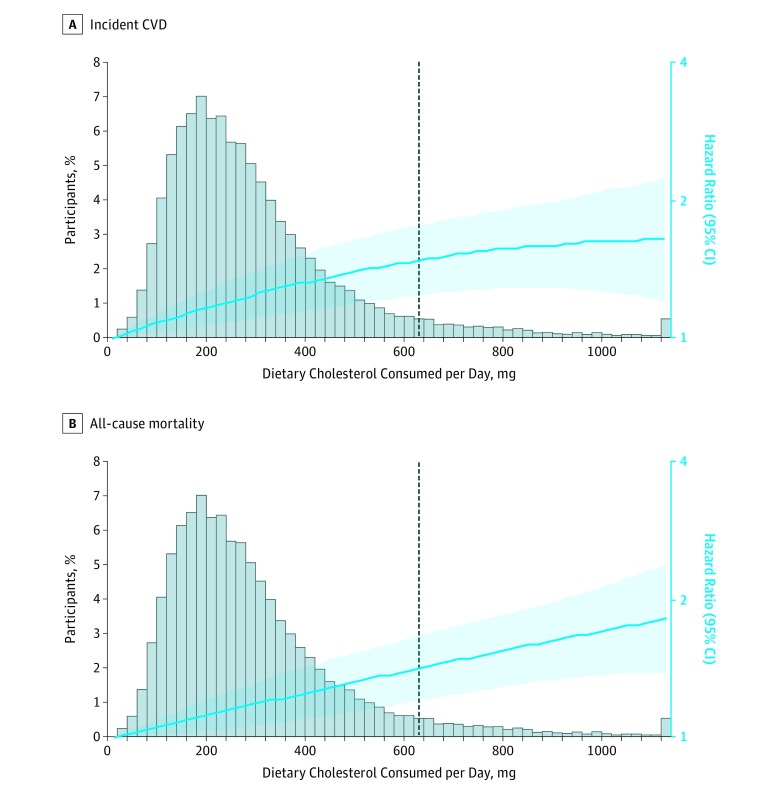Figure 1. Associations Between Dietary Cholesterol Consumption and Incident CVD and All-Cause Mortality.
There were 5400 incident cardiovascular disease (CVD) events and 6132 all-cause deaths (N=29 615 participants). Incident CVD included fatal and nonfatal coronary heart disease, stroke, heart failure, and other CVD deaths. Cohort-stratified cause-specific hazard models for incident CVD and standard proportional hazard models for all-cause mortality were applied and included dietary cholesterol, dietary cholesterol squared, age, sex, race/ethnicity (white, black, Hispanic, Chinese), education (<high school, high school, ≥some college), total energy, smoking status (current, former, never), smoking pack-years (0, 0.1-4.9, 5.0-9.9, 10-19.9, 20-29.9, 30-39.9, ≥40), cohort-specific physical activity z score, alcohol consumption (gram), and use of hormone therapy (y/n). The dashed line indicates the cutoff for the 95th percentile of consumption (640 mg/d). The distribution of dietary cholesterol was winsorized at the 0.5 and 99.5 percentiles. For quadratic cholesterol consumption term for incident CVD, P value = .19, and for quadratic cholesterol consumption term for all-cause mortality, P value = .83. The hazard ratio (HR [95% CI]) is indicated by the blue line and blue shading.

